McGee's Incredible Surprise
Cannon Ball Discovered on Nagisan-Maru Father-Son dive buddies Ron & Calvin Leidich were exploring a sunken WWII Japanese Shipwreck on October 30th when they stumbled across an incredible sight. Calvin tugged hard on his father's fin when he spotted an enormous blob hovering over the deck rail of the shipwreck in 87 feet of water. The pair cautiously approached a massive Jellyfish Medusa with an exceptional entourage of juvenile fishes.
The species of Jellyfish Crambione mastigaphora is reported to have an exceptionally painful sting. That didn't stop Ron from placing a hand on the bell, as he understood all the cnidoblasts (stinging cells) were located on the opposite end. Much to Ron's surprise, the bell was thick, tough, and leathery. Of even greater magnitude was the power of this super-medusa, which showed no difficulty in plowing the heavier diver through the water with the rhythmic pulses of its bell. The small fish ducking in between the bell and the tentacles appeared to be juvenile jacks. Much like clownfish, the young jacks possess a mucous coating around the scales which chemically inhibits the firing of the stinging cells. This affords the otherwise vulnerable fish excellent protection for potential predators. The Jellyfish is sometimes called the "Sea Tomato." In portions of its range, the large Jellyfish does appear to be tomato red. However in Palau, the bell is covered with a mesh like pattern of Bluish-Purple ridges. Ron and Calvin had previously encountered this species in the shallows of German Channel and the rock islands of West Ngeruktabel. This was their first encounter with the monster-medusa at depth. Calvin has given it the more appropriate name of "Cannon Ball Jellyfish." The dive buddies are seeking a volunteer to test the toxicity of the poisonous stinging cells, but to date, no one has stepped forward. Photo Credits: Ron Leidich Fonzie Spots Dolphins On a recent boat trip in search for whales I saw for the first time ever Spotted Dolphins! At first I thought it was the beautiful spinner dolphins but as they swam happily toward our boat I was awestruck in the beauty and intricate pattern of the specks all over them. That was absolutely amazing. I never knew that existed on top of that here in Palau. Imagine being a smooth streamlined dolphin swimming carefree with the pod, and then having your own personalized spots on you is a whole 'nother story. Dolphins and humans have a unique bond with each other. I head dolphins and disabled people have an even closer bond or telekinetic wave or power/energy. Whatever it is, dolphins automatically bring happiness to almost everyone just in their presence alone to those who appreciate animals and creatures of the sea. On my kayak tours when the subject of dolphins comes up I explain my experience and still to be learned knowledge of dolphins in Palau.
|
 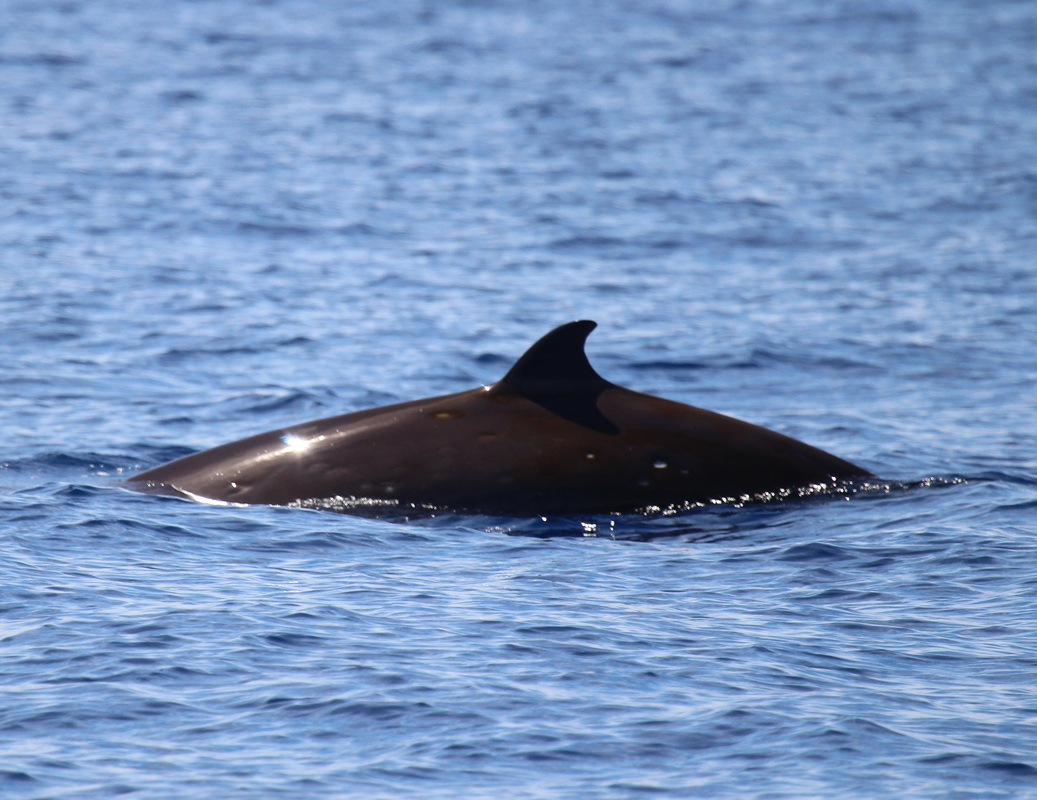 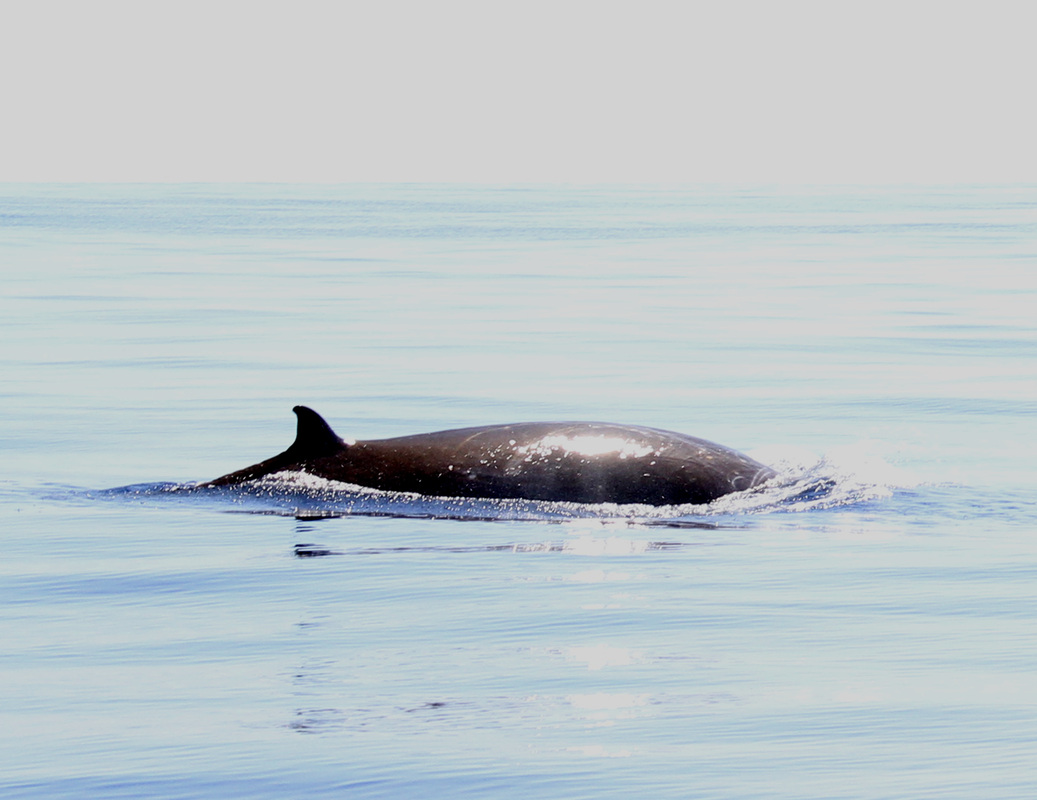 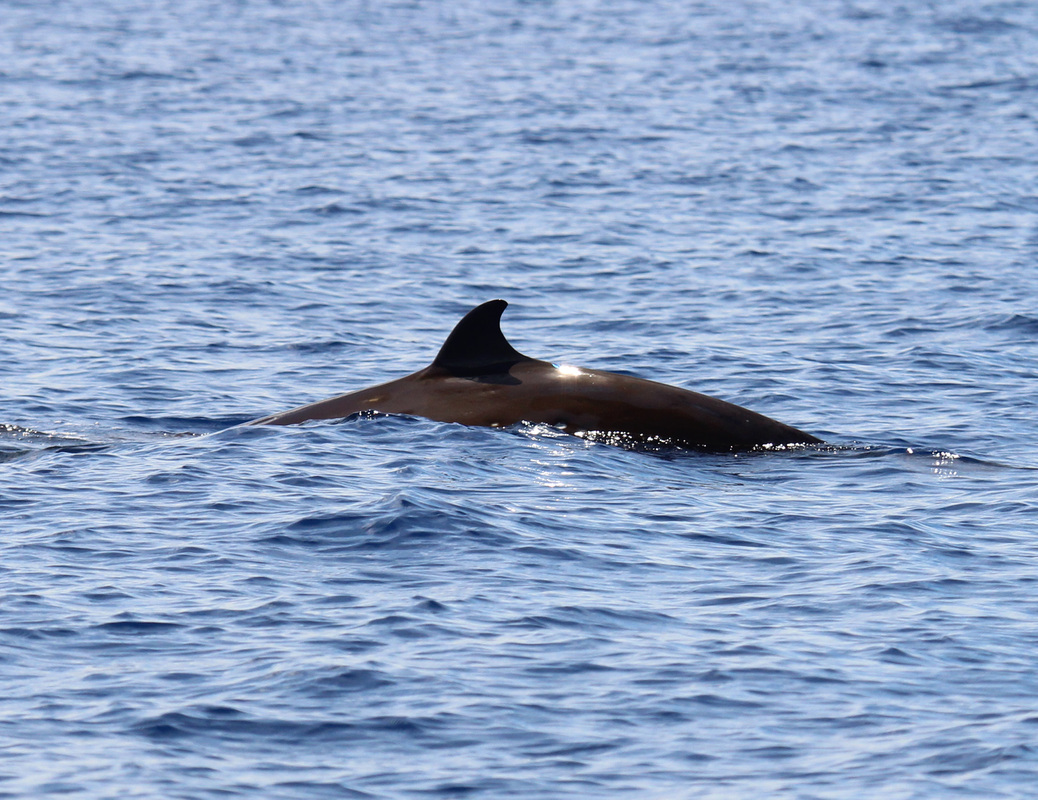 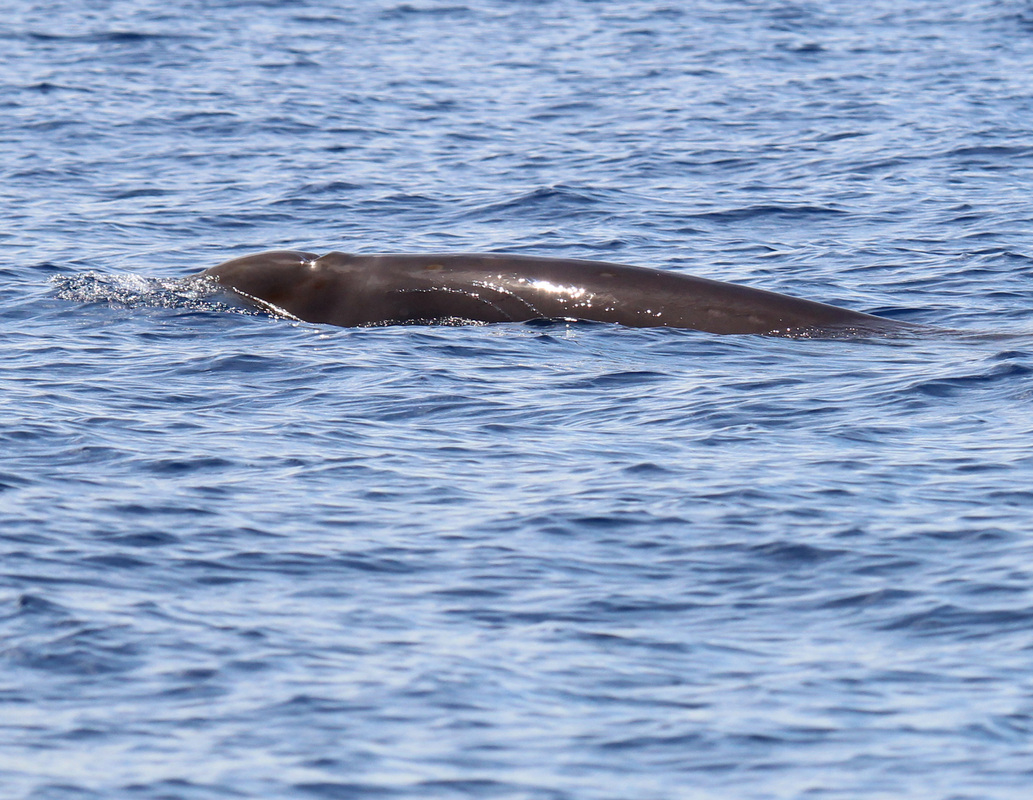 Play Pause |
FAD Dive
On Wednesday, September 28 the Paddling Palau guides & captains jumped onto the boat for an adventure into the open ocean. Local fishermen had placed a F.A.D. (fish attraction device) over Palau’s deep-water trench. The large steel float is attached to the 3,000’ sea floor via an anchor and heavy cable. Sitting in the midst of this oceanic desert, the float and associated rope immediately became a magnet for small baitfish & curious predators.
After a week of rain and strong winds, we decided to take advantage of the calm seas and motored out over 19 miles into the open ocean. Along the way, we encountered a pod of playful spinner dolphins which immediately raced into our bow wake for a joy ride. With the help of a GPS we spotted the brightly painted fad and slipped cautiously into the deep blue. Within seconds we were welcomed to the FAD by the resident predators: Juvenile Silky Sharks. Sprinting to within a few feet of us, the Silkys charged without fear or inhibition. Growing to lengths of over 12’ as adults, these creatures pose a serious menace to stranded sailors or drifting divers. Even the juveniles must be constantly watched as they move with a confidence unlike that of the more timid reef sharks.
We were also greeted by a beautiful game fish known as the Mahi Mahi or dolphin fish. This stunning oceanic wanderer is a prize for anglers though we were more interested in its rainbow-like colors and timid curiosity. The Mahi Mahi bore the scars of recent battles and we speculated the culprit. Only two weeks previous to our adventures fishermen had spotted a pod of Short Finned Pilot Whales feasting on the defenseless Mahi Mahi. Sadly, the stunning cetaceans were neither seen nor hear during our oceanicouting.
After a week of rain and strong winds, we decided to take advantage of the calm seas and motored out over 19 miles into the open ocean. Along the way, we encountered a pod of playful spinner dolphins which immediately raced into our bow wake for a joy ride. With the help of a GPS we spotted the brightly painted fad and slipped cautiously into the deep blue. Within seconds we were welcomed to the FAD by the resident predators: Juvenile Silky Sharks. Sprinting to within a few feet of us, the Silkys charged without fear or inhibition. Growing to lengths of over 12’ as adults, these creatures pose a serious menace to stranded sailors or drifting divers. Even the juveniles must be constantly watched as they move with a confidence unlike that of the more timid reef sharks.
We were also greeted by a beautiful game fish known as the Mahi Mahi or dolphin fish. This stunning oceanic wanderer is a prize for anglers though we were more interested in its rainbow-like colors and timid curiosity. The Mahi Mahi bore the scars of recent battles and we speculated the culprit. Only two weeks previous to our adventures fishermen had spotted a pod of Short Finned Pilot Whales feasting on the defenseless Mahi Mahi. Sadly, the stunning cetaceans were neither seen nor hear during our oceanicouting.



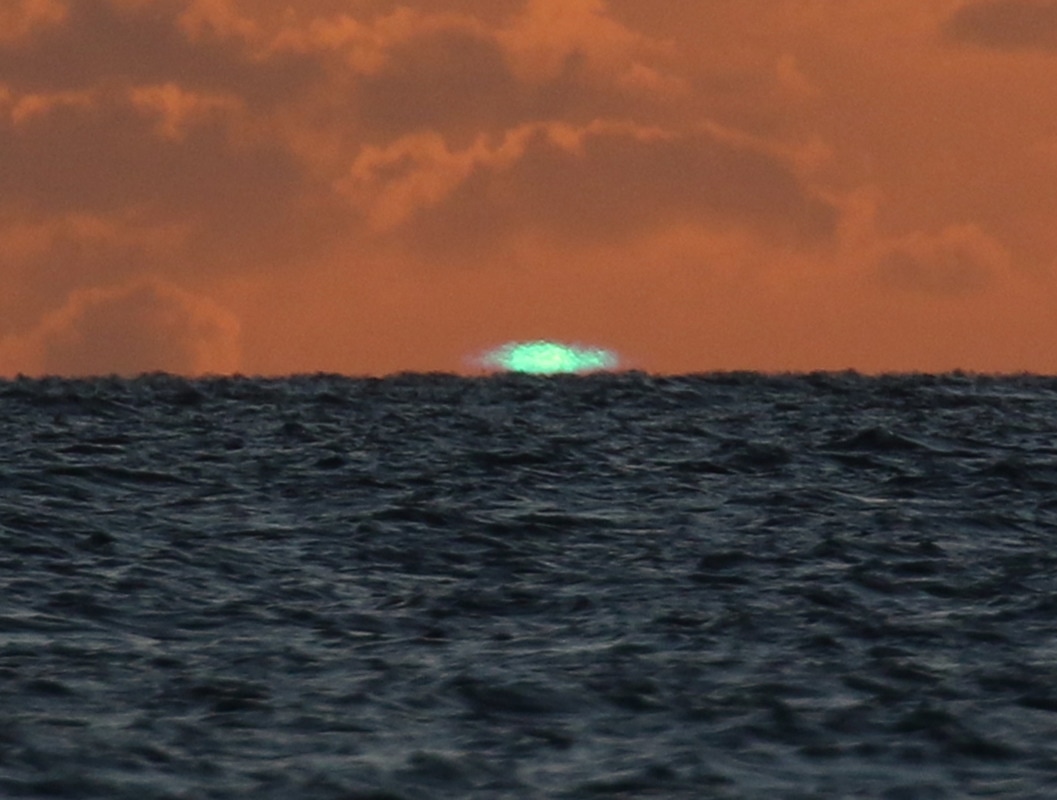










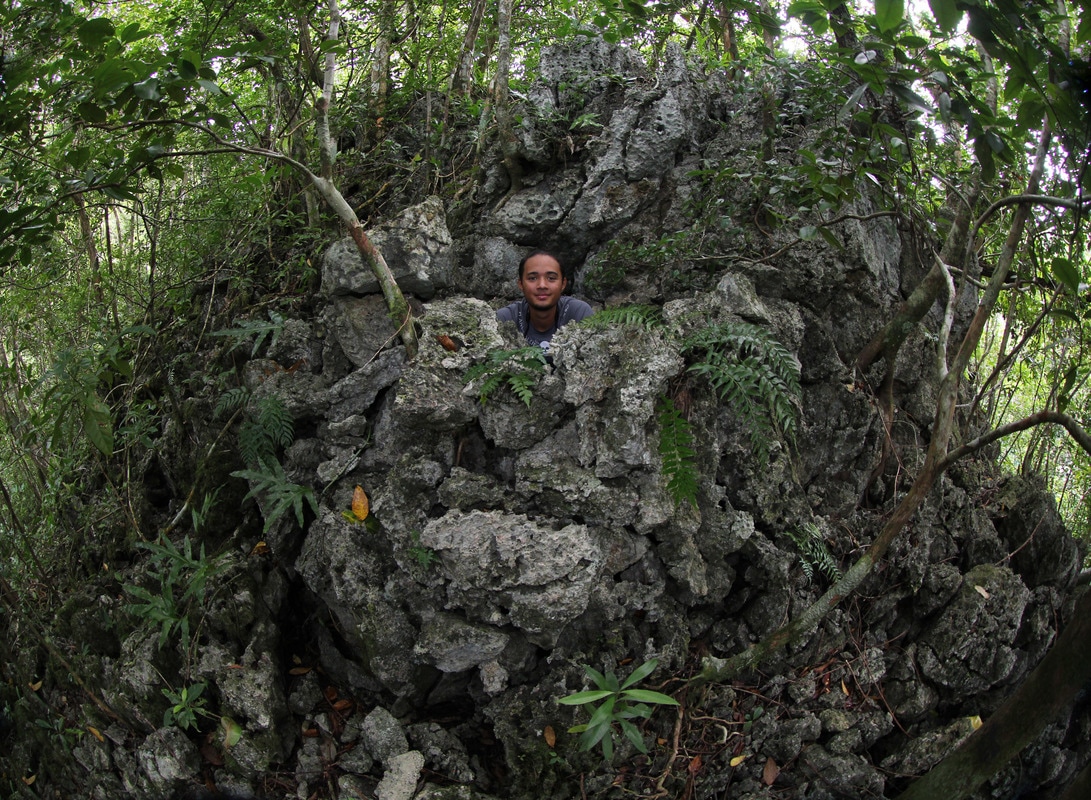

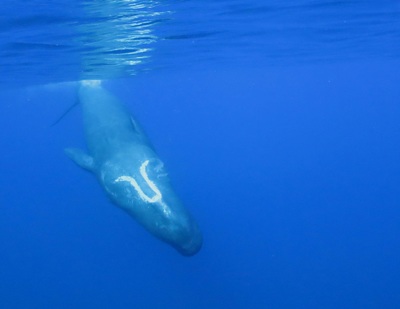
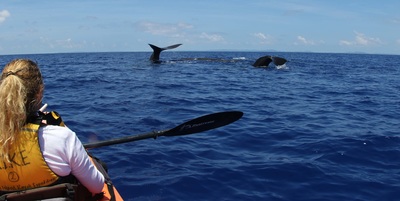
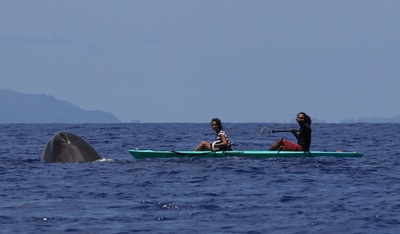
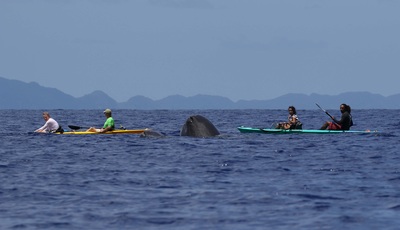
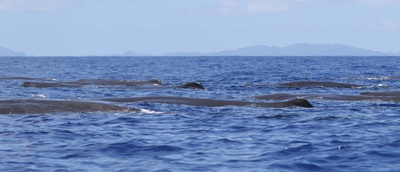
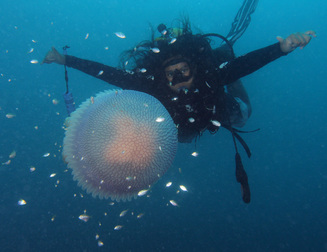
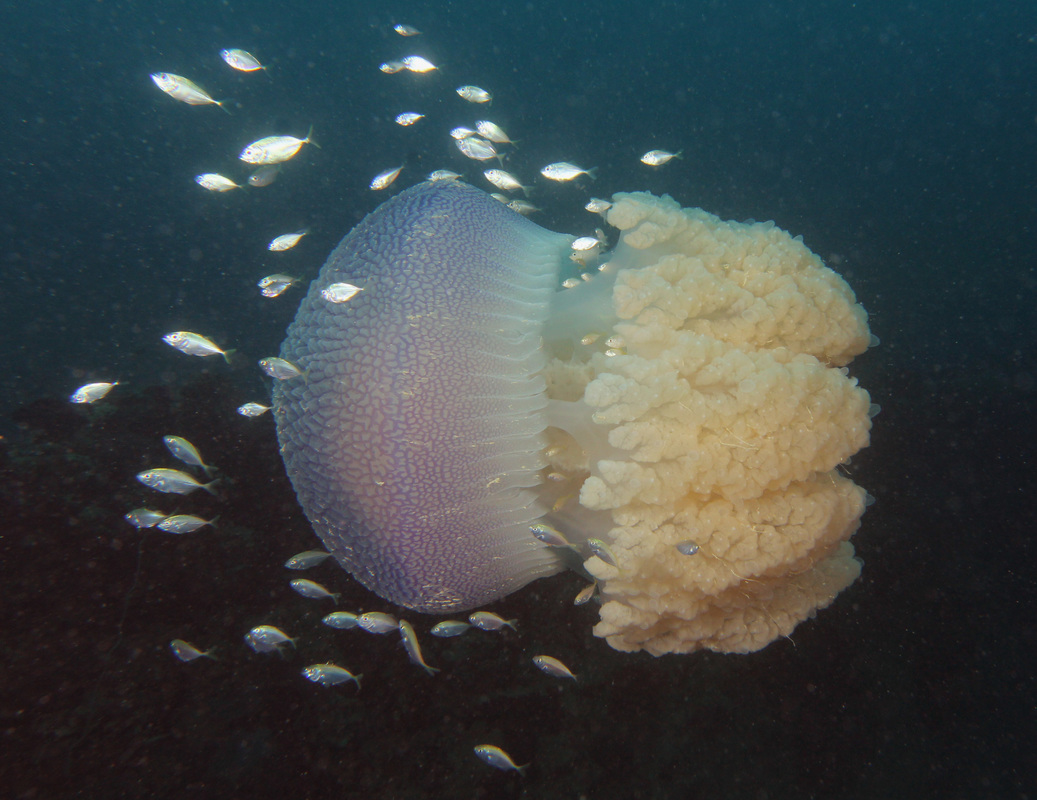
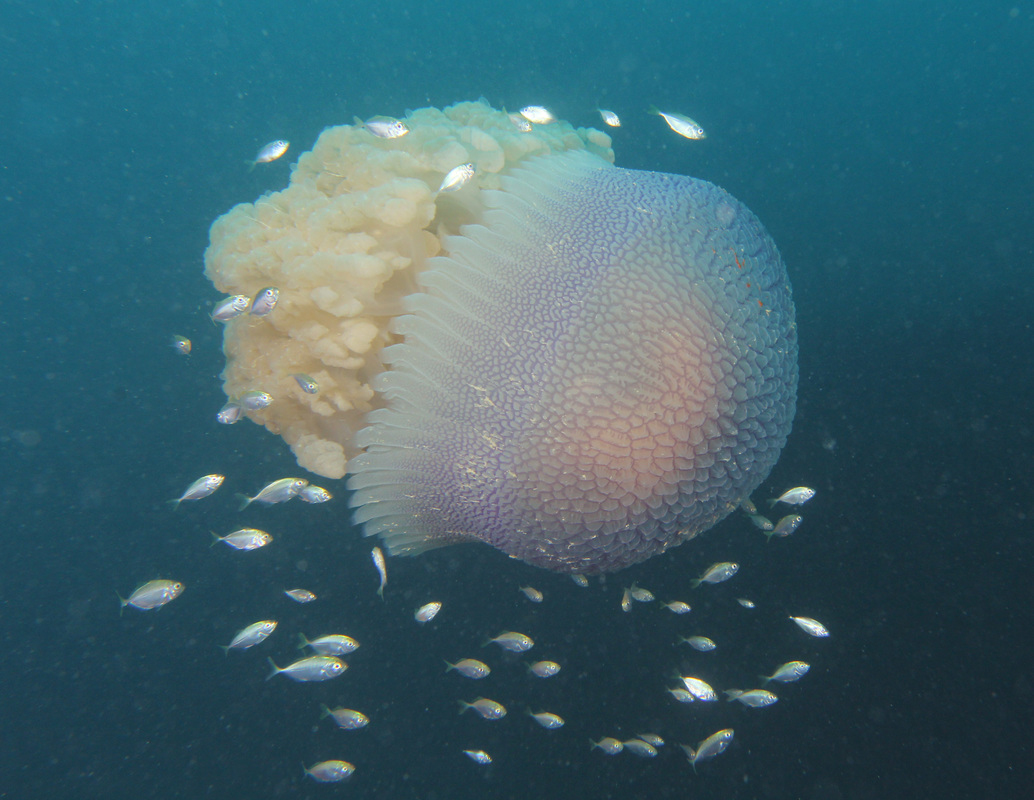
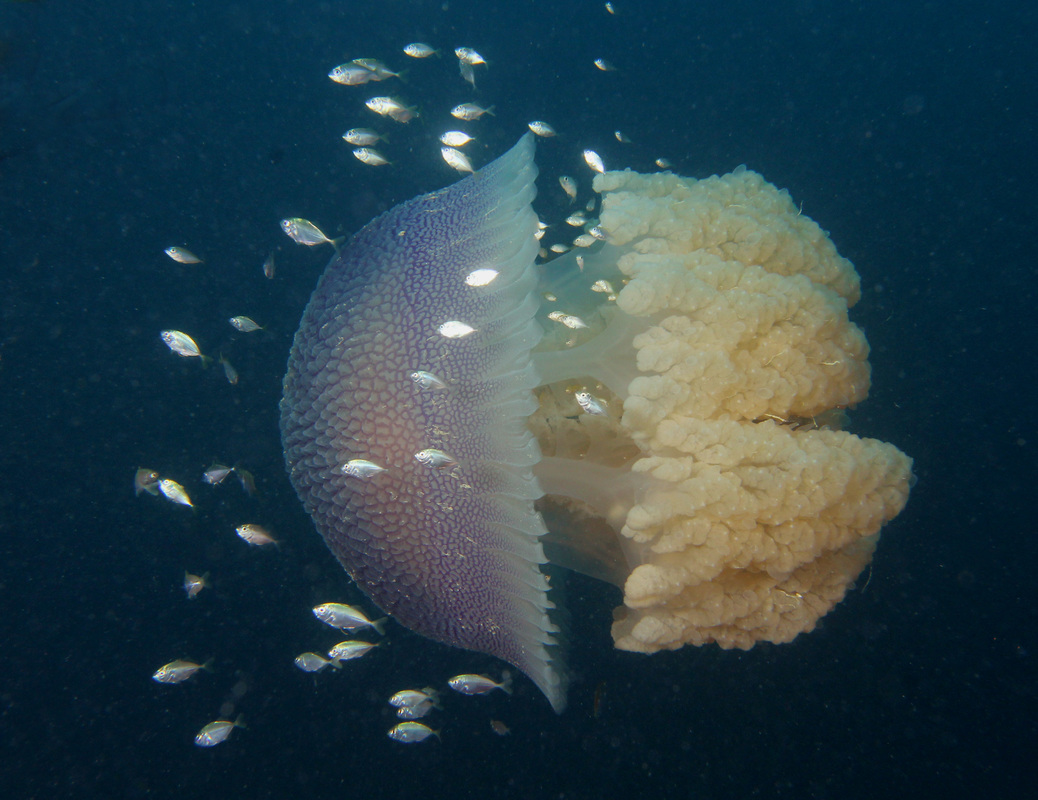
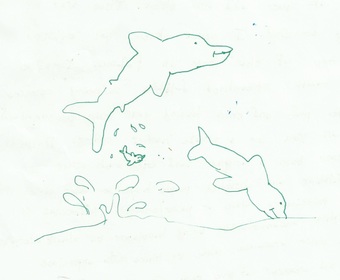
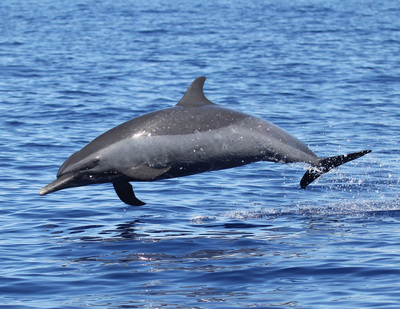
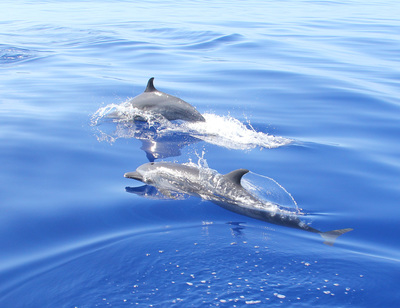
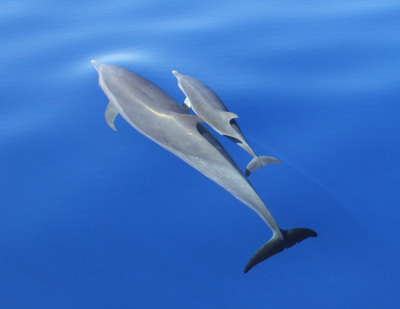
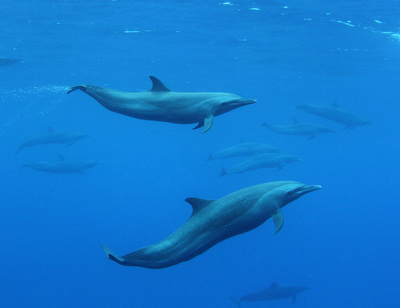
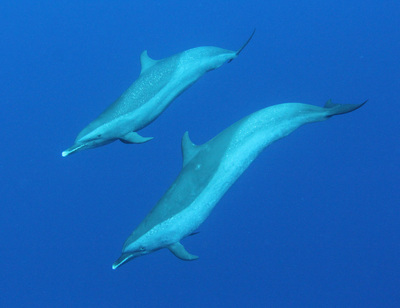
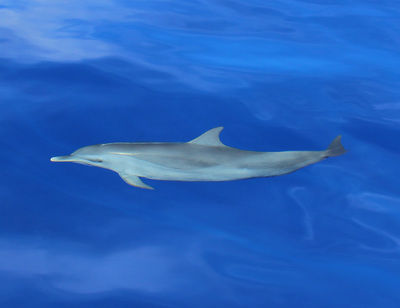
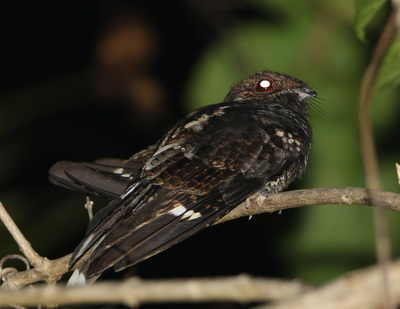
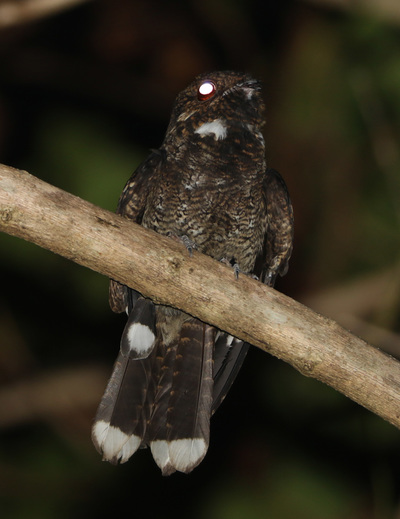




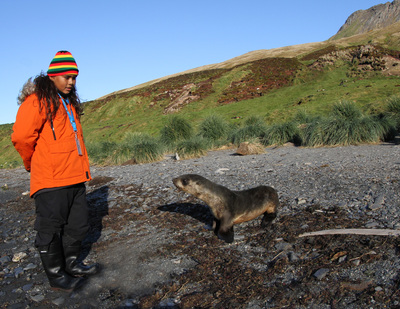

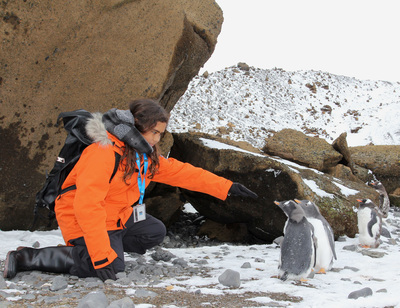
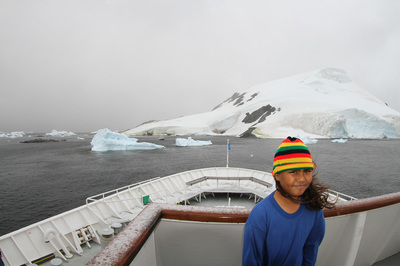
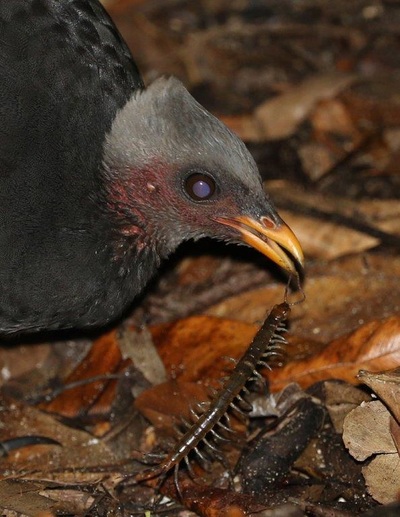
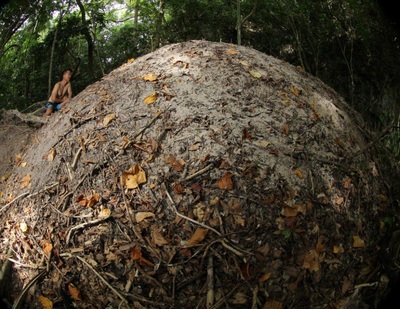
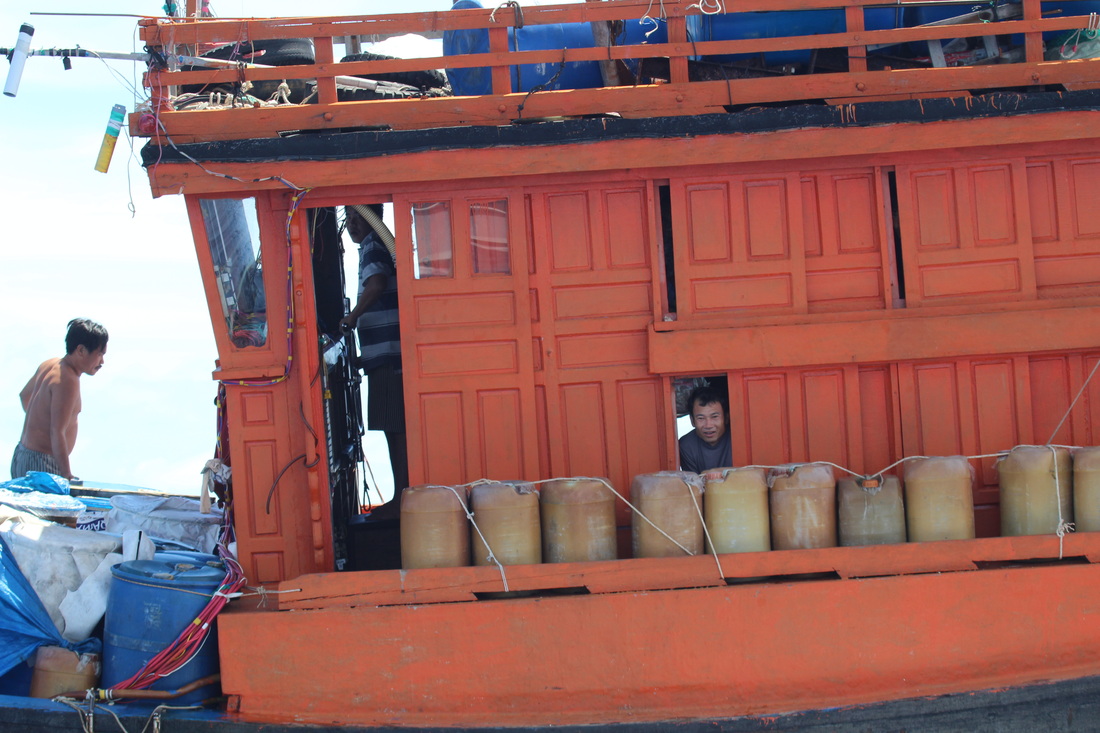
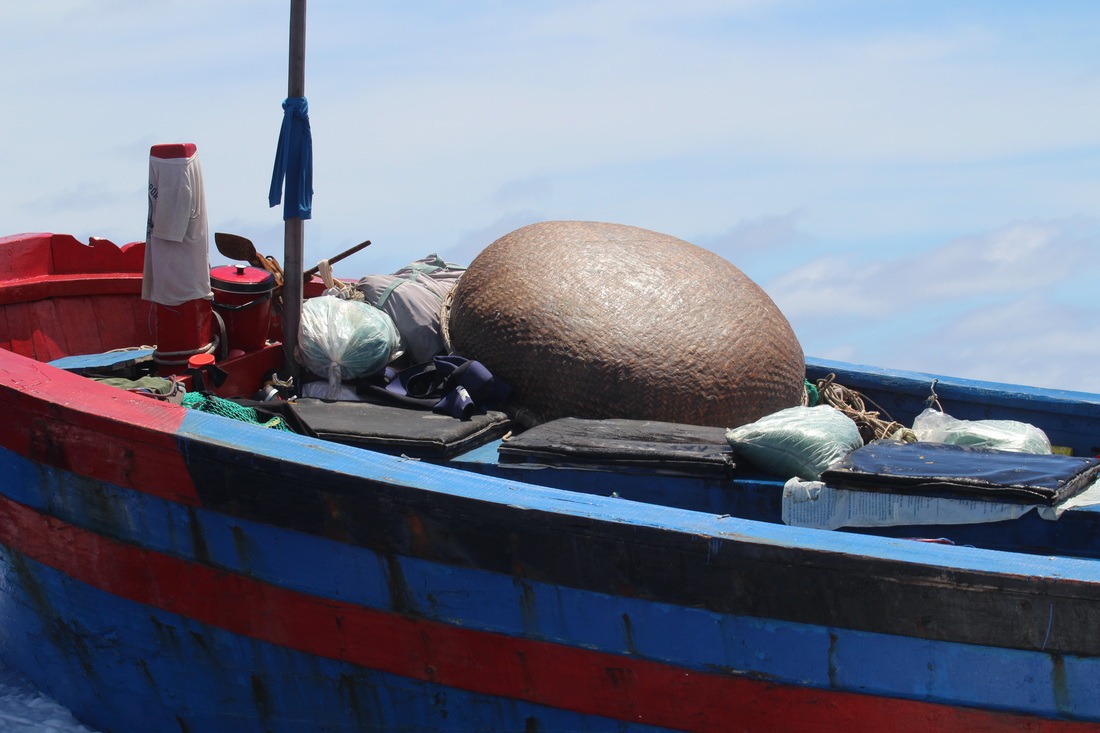


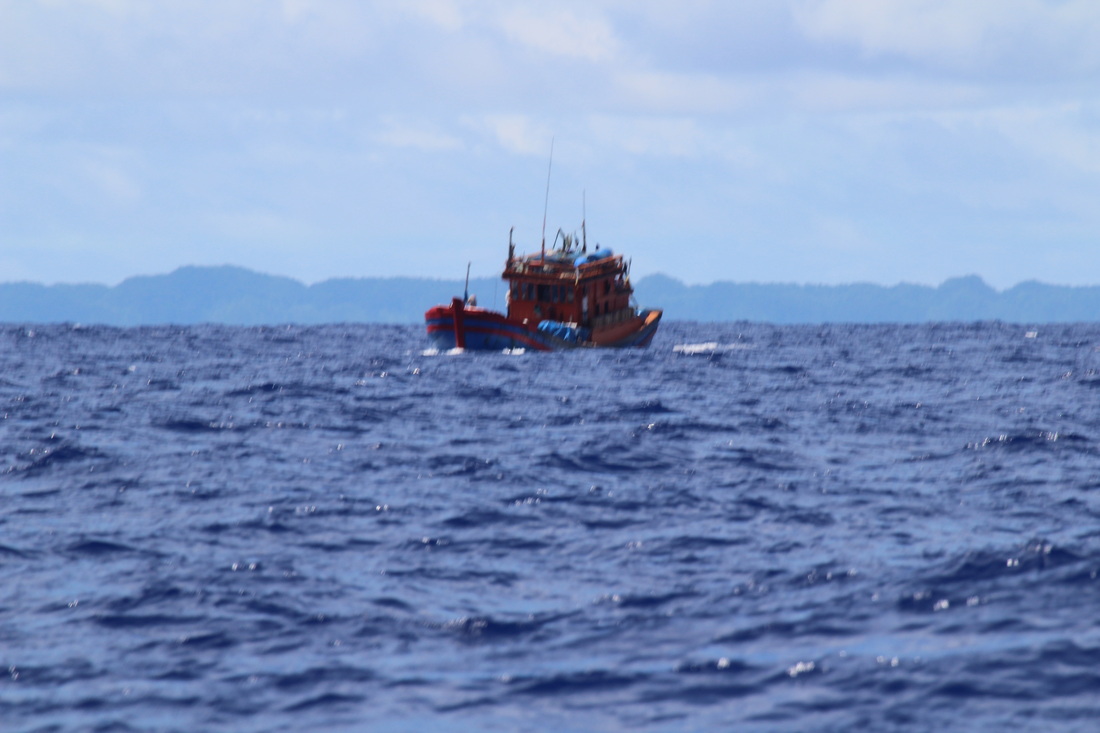
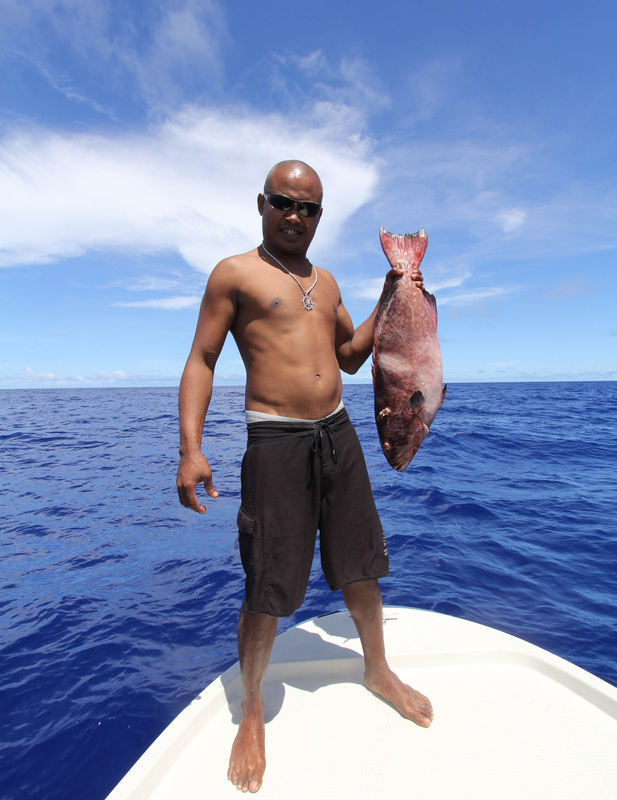

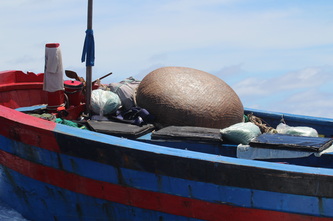


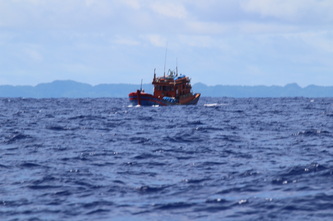
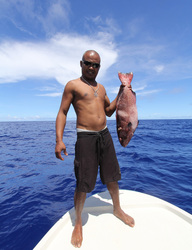

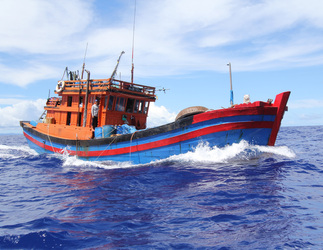
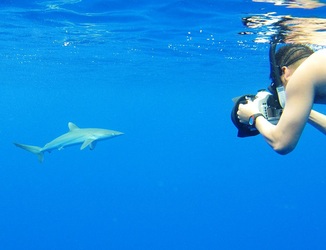
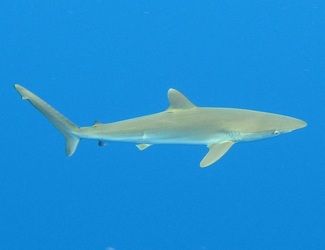
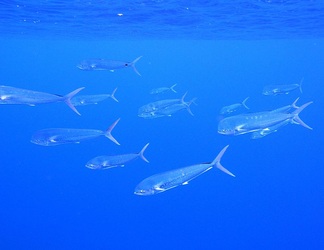
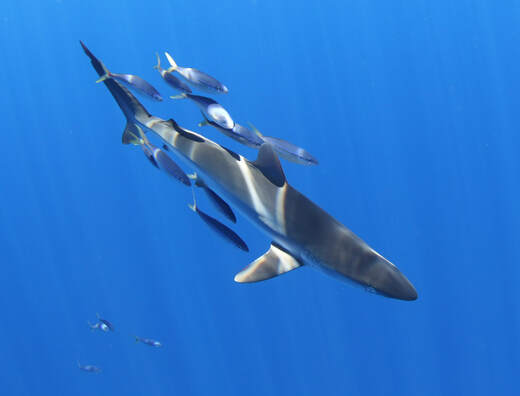
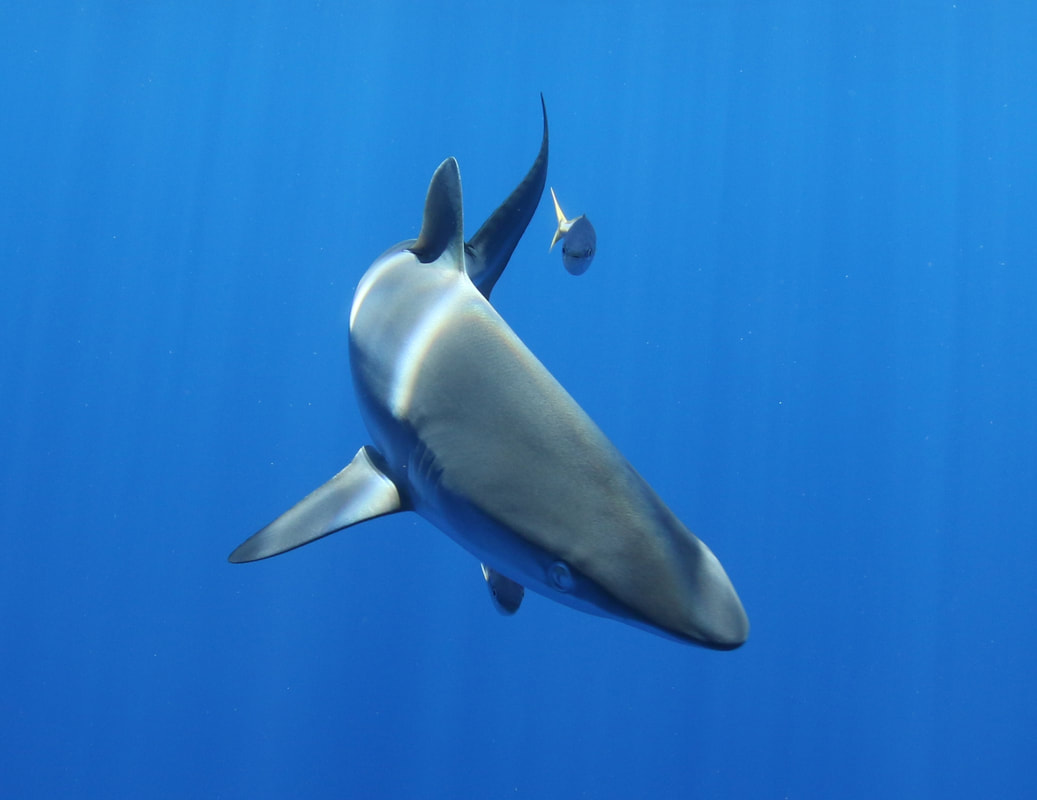
 RSS Feed
RSS Feed